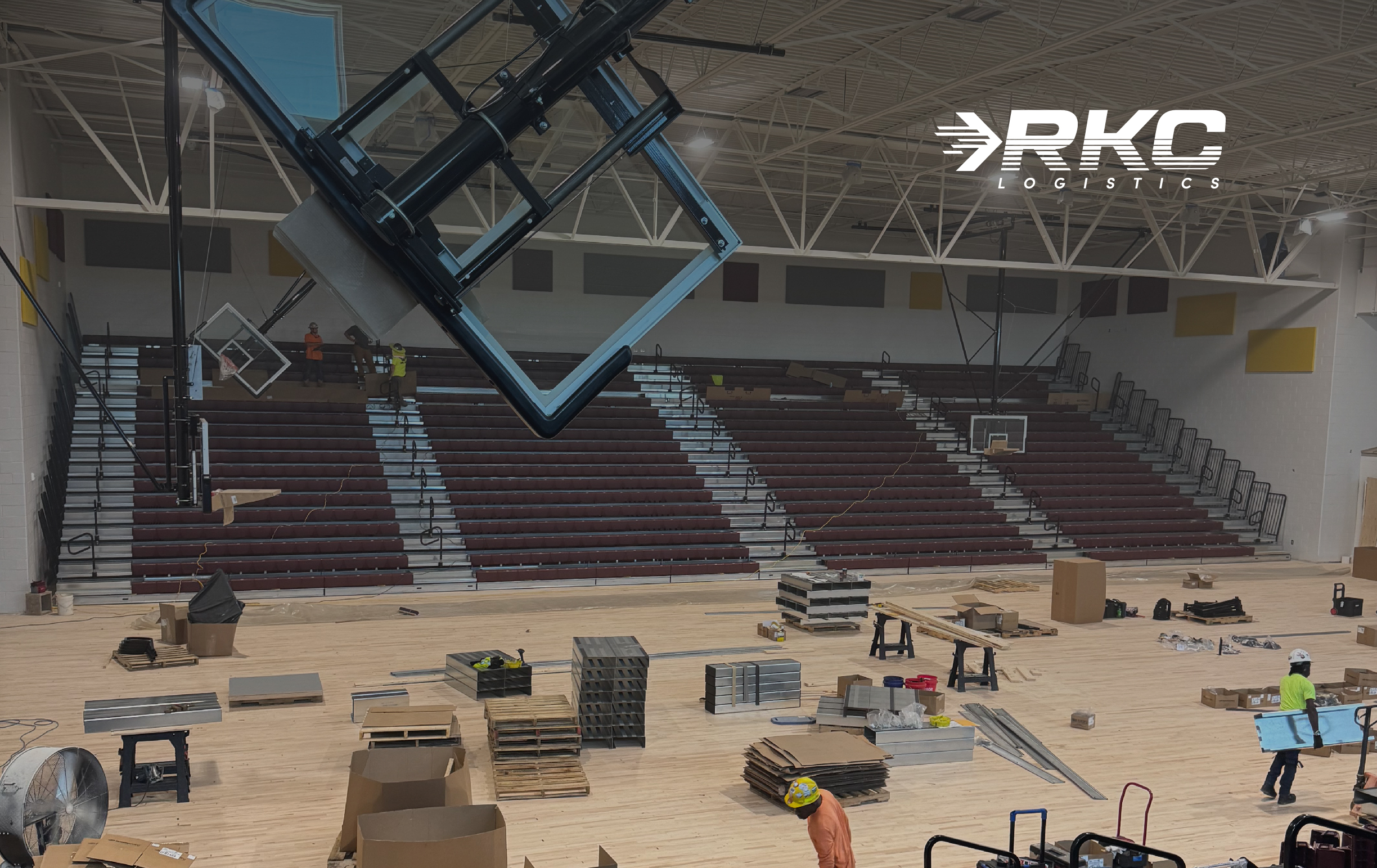Introduction
Ceres Technology identifies risks related to product availability and cost. To identify these risks, their platform leverages over 25,000 global indicators, including geopolitical risk, economic trends, market conditions, raw materials, global events, and more. Ceres enables companies to:
- Understand how external factors impact supply chain and procurement
- Provide risk insights for each raw material, component, finished good, supplier, and region
- Identify multi-tier risk without the need to manually map the supply chain
This enables procurement and supply chain teams to plan effectively, ensure on-time deliveries, manage lead times, and meet SLAs.
By aggregating data from many different sources, Ceres provides deep analytics that enable their customers to understand the disruptions and delays that may affect their manufacturing and shipping processes.
But Ceres also wanted to incorporate real-time shipment tracking data to its customers, so they tested several different types of sensors, and found that Tive provided exactly what they needed. “It's a great product,” says Bobby Katoli, CEO of Ceres Technology. “I give Tive a 10.”
For Ceres Customers, Information is Power
Information is power, and Ceres strives to provide their customers with as much visibility as possible—as part of their process in predicting supply chain risk. Before Tive, Ceres lacked insight into their customer’s logistics. They knew that providing shipment data ultimately translated into better end-to-end visibility, and they wanted to integrate real-time shipping data into their risk analytics platform. Ceres conducted a proof of value using Tive Solo 5G trackers to understand the data collection process—and to evaluate how actionable the data was.
It didn’t take long for Ceres to see the value of Tive. Says Katoli, “We looked at different vendors, and our technical team quickly decided that Tive was the best sensor for us. It became evident very quickly.”
Being able to recognize and understand potential threats to manufacturing and shipping helps Ceres’ customers stay ahead of problems. According to Katoli, “If you've got a lot of different components going into the manufacturing of a product, knowing upcoming issues is important to building supply chain resiliency. This process is hard and difficult to manage—so being able to understand which raw materials or components are at risk is critical for our customers.”
Easy to Use. Easy to Integrate.
One key benefit for Ceres was how easy it is to start using Tive—to immediately begin capturing real-time shipment data in an easy-to-use process. “We looked at a few other IoT providers, but Tive worked the best. Tive makes it easy to gather shipment data, and we are confident that the sensors in these IoT devices work—and the Tive API is also really, really great. It is a fluid, flexible system in which we’ve been able to collect data in the manner that we want—and easily embed that data into our analytics.”
Tive makes it easy for any company to integrate real-time shipment tracking data into an existing analytics database. Tive reports many critical data points, and matches the format of existing data. “Being able to get things set up quickly and efficiently is huge for us,” says Katoli. “Typically when you integrate technology, data collection can sometimes take a little longer. But Tive enables us to collect valuable shipment data in a timely manner. It is a really easy process.”
Adding Value to Their Core Offering
Armed with Tive, Ceres has another strong way to differentiate itself from the competition. Ceres provides total visibility into every layer of the manufacturing and shipping process—not just into a company’s suppliers, but into their suppliers’ suppliers. “To keep things moving smoothly, you need to understand all the external threats that can impact the tiers of your supply chain—and understand all the factors that can impact procurement,” says Katoli.
Imagine you have a manufacturing customer that relies heavily on silicon. What happens if inflation or interest rates go higher? What drives prices down or spikes them up? These situations can cause a supply shortage, extend manufacturing, and delay deliveries.
Ceres uses data to monitor possible threats and procurement challenges—enabling Ceres customers to make smarter, data-driven decisions and improve their operations.
“Our customers love working with us because they get the combined value of deep shipment visibility,” says Katoli. “They also get the extensive analytics needed to determine whether a particular raw material or product or supplier is going to be late with manufacturing.”

